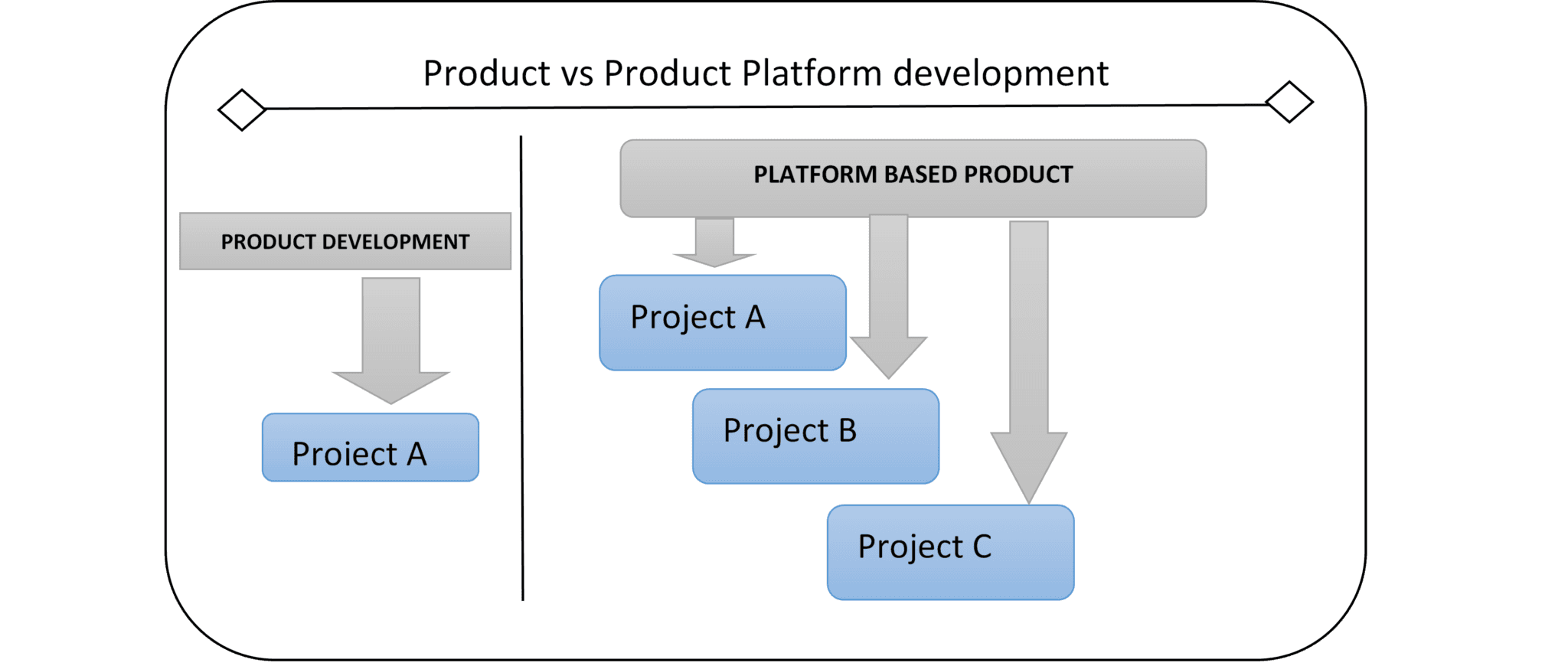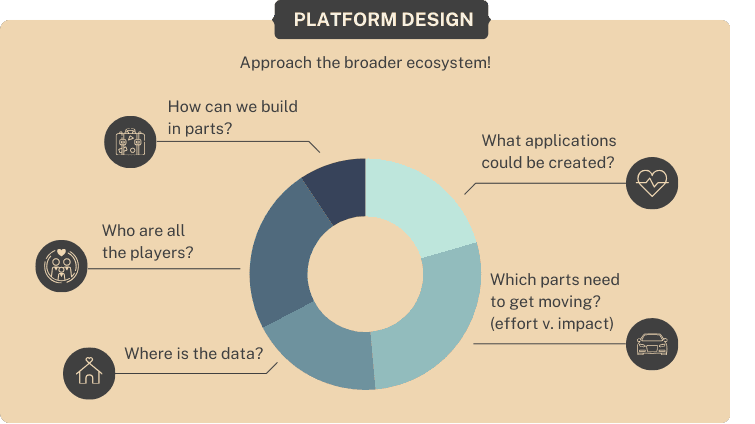Aug 19, 2024
Timothy J. Baio
“Platform as a Product” is an engineering, organizational concept, and design-thinking approach that involves developing internal platforms with the same strategic focus and methodologies as customer-facing products. When a digital product or service innovator incorporates this thinking into their products, the approach dramatically improves user-centric design, life-cycle management, continuous improvement, the platform’s effectiveness and user satisfaction.
The Key Characteristics of a “PaaP”.
1. User-Centric Design:
Platforms are designed with the big picture in mind…not just what the user needs, but also suppliers, resellers, CSRs, C-Suite execs and even developers, data teams and operations teams. This starts with wider thinking and can result in immense power and flexibility.
2. Lifecycle Management:
Due to the nature of the planning, Platforms are treated as long-lived products that evolve over time rather than a digital product that may or may not live. This includes planning, development, launch, growth, and eventual retirement or evolution. In a sense, the platform is your product.
3. Continuous Improvement:
Products (apps or web apps) can attach to the platform, and regular updates and enhancements can be made based on feedback, technological advancements, and changing business needs without affecting the core platform and vice-versa.
4. Business Alignment:
The platform’s development is aligned with broader business strategies and key performance indicators (KPIs), ensuring it supports organizational goals. While at first it may only support or drive one product, eventually it can drive many new products and integrate with many other services and partners.
5. Loose-coupled, Self-Service:
Platforms are designed to be self-service, allowing users to independently utilize and couple various services and APIs. This reduces dependency on other teams and accelerates the delivery of features.
Business Benefits of Platform as a Product intention.
So, how can innovators, both startup and corporate brands incorporate platform thinking into their ideation and design process?
Increased efficiency.
Adopting a “Platform as a Product” or PaaP approach can lead to increased efficiency, better user satisfaction, enhanced collaboration, and faster time-to-market for new features and products. It reduces the cognitive load on developers, minimizes operational burdens, and optimizes processes for faster flow of ideas and solutions.
Greater Tech Flexibility:
Something we have seen often is that when the PaaP approach is taken, the core platform ends up on a more flexible foundation. Meaning, more apps, products or services can attach to the platform if needed, and therefore the life of the platform stretches into decades.
More products, more digital innovation:
When the platform becomes the foundation, innovators can create more digital services for different business problems, internal applications, new product apps or supply, distribution, management or marketing products and integrations.
Increased likelihood of value and success:
When a company decides to invent and innovate beyond one product or service and instead begins to craft a platform to serve many user-types and business problems, the likelihood of failure dramatically decreases. This is due to the platform being beneficial and a foundation to many business challenges and possible independent solutions.
How and when to start with PaaP.
Companies can and should begin concepting their platform when they begin planning or designing a new digital product, service or internal web application.
There’s a real opportunity to begin when your team notices innovation plans seem more difficult due to legacy systems or data access and utilization issues, or when no legacy systems or data exist at all, such as in the case of a startup or SMB. In such instances, a new cloud-based, micro-service based, API centered platform can be planned and designed right along with the first product. Keeping in mind that many other products or applications may also attach to the platform later on.
I have found that the key to approaching PaaP is to remember… “The platform is not the product, and the product is not the platform”. This will allow your organization to think freely when inventing the product solution, and set up the cloud based platform with the plan for more than one product in mind. It doesn’t cost anything to think this way, and not much more in development to begin.
Eventually, when more web apps, and apps need the platform, you’ll want a dedicated platform team that operates like product teams, conducting user research, and establishing feedback loops to continuously refine the platform. It also requires clear differentiation from other operational teams to avoid overlap and ensure focused development efforts.
Overall, the “Platform as a Product” model represents a shift from viewing platforms as mere technical infrastructure to treating them as strategic assets that drive business value through improved internal processes and user experiences.
Real-World Success.
One real-world example of a company that adopted the “Platform as a Product” (PaaP) approach is Adidas. Adidas invested in its engineering and internal software teams to deliver services more effectively by utilizing a PaaP approach. The company implemented various interaction modes, as described in the “Team Topologies” framework, which included enabling and mentoring teams to close knowledge gaps. This strategy allowed Adidas to view its extensive internal platform as a product, facilitating the achievement of long-term goals through strategic interaction and collaboration among teams
Although it’s important to remember that it’s much easier and less expensive for a small or mid-sized company to adopt this approach. And it would, in my opinion, mean the difference between being here (existing) in 10 years, or not. Companies who fail to become technology companies (at least in part), will surely not survive.
Ask us how you can become a “Platform as a Product” organization.
By designing with a platform mindset, you’re setting the stage for exponential growth. Platforms can scale more efficiently than standalone apps, because they leverage network effects. As more users join, the platform becomes more valuable to all participants, creating a virtuous cycle of growth.

Begin innovating with a “Platform as a Product” mindset.
“Platform as a Product” is an engineering, organizational concept, and design-thinking approach...
Read more
Aug 19, 2024

The Role of Venture Studios in the Startup Ecosystem
Venture studios are a new and innovative way to incubate and launch successful startups. But what....
Read more
Aug 19, 2024
Read More

